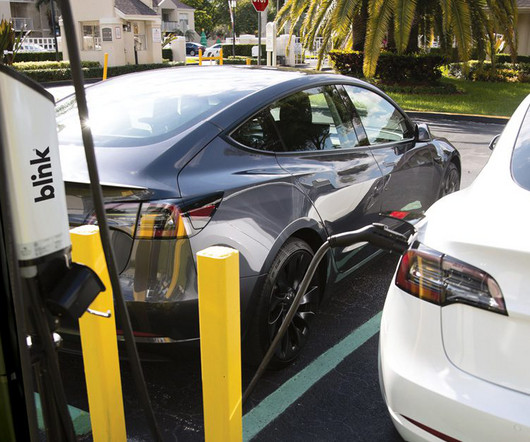UCSD, South 8 team report improved liquefied-gas electrolytes for Li-metal batteries
Green Car Congress
JULY 1, 2019
Improvements to a class of battery electrolyte first introduced in 2017—liquefied gas electrolytes—could pave the way to replacing the graphite anode with a lithium-metal anode. cycling efficiency reported in the 2017 Science paper, and an 85% cycling efficiency for lithium metal anodes with a conventional (liquid) electrolyte.



















Let's personalize your content